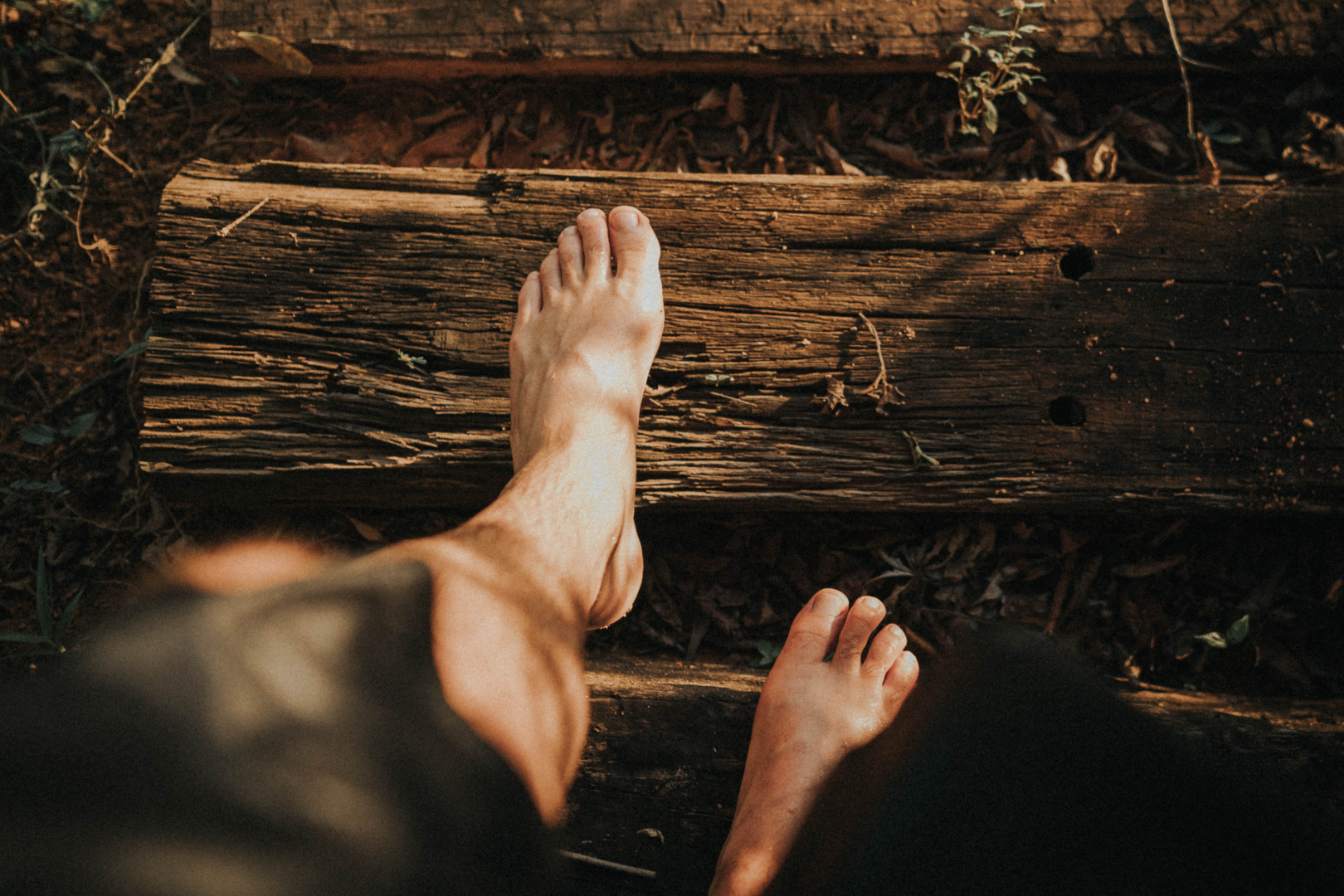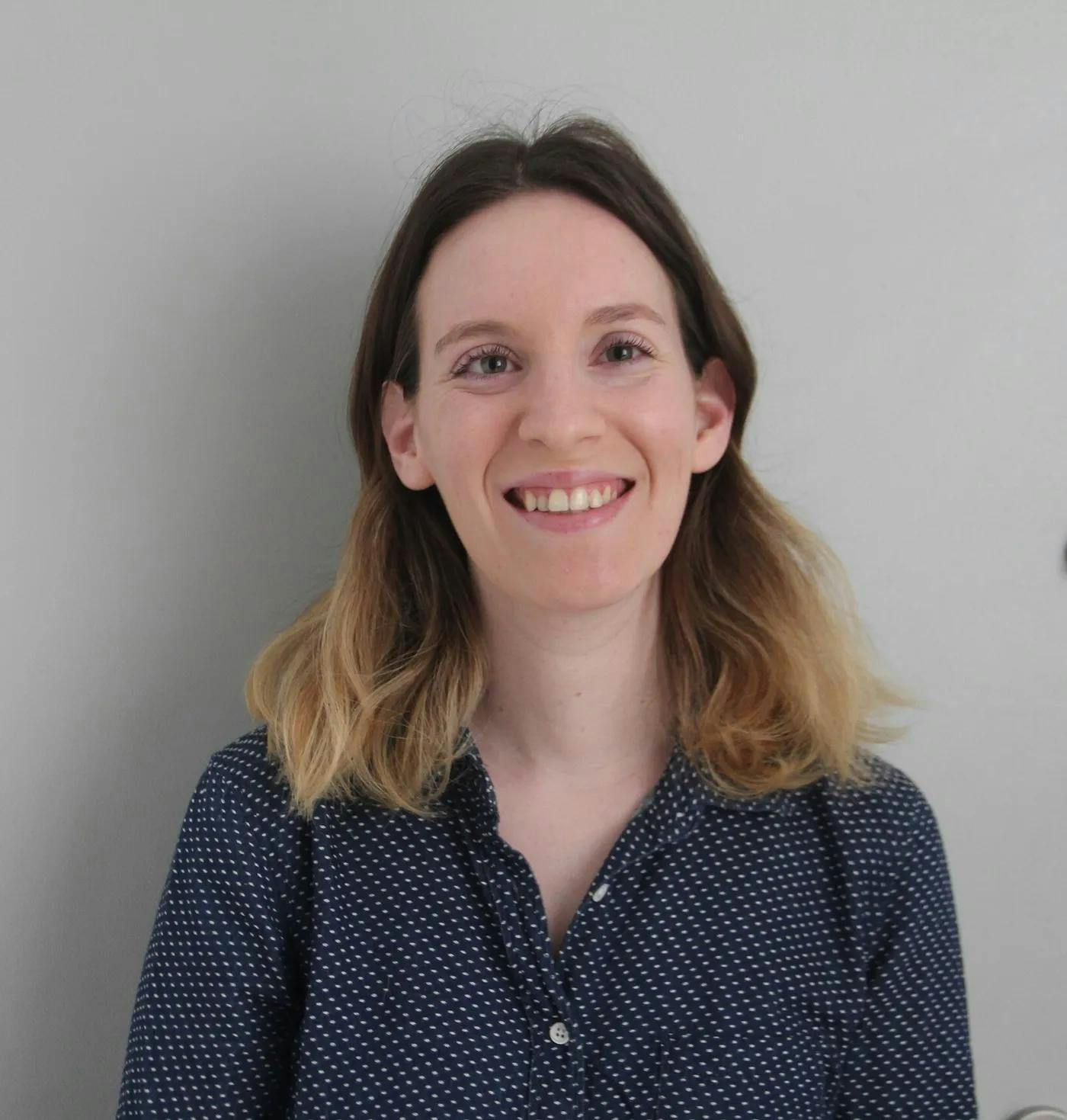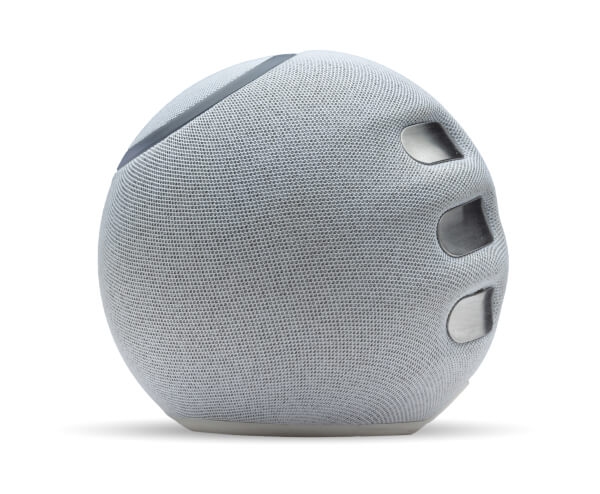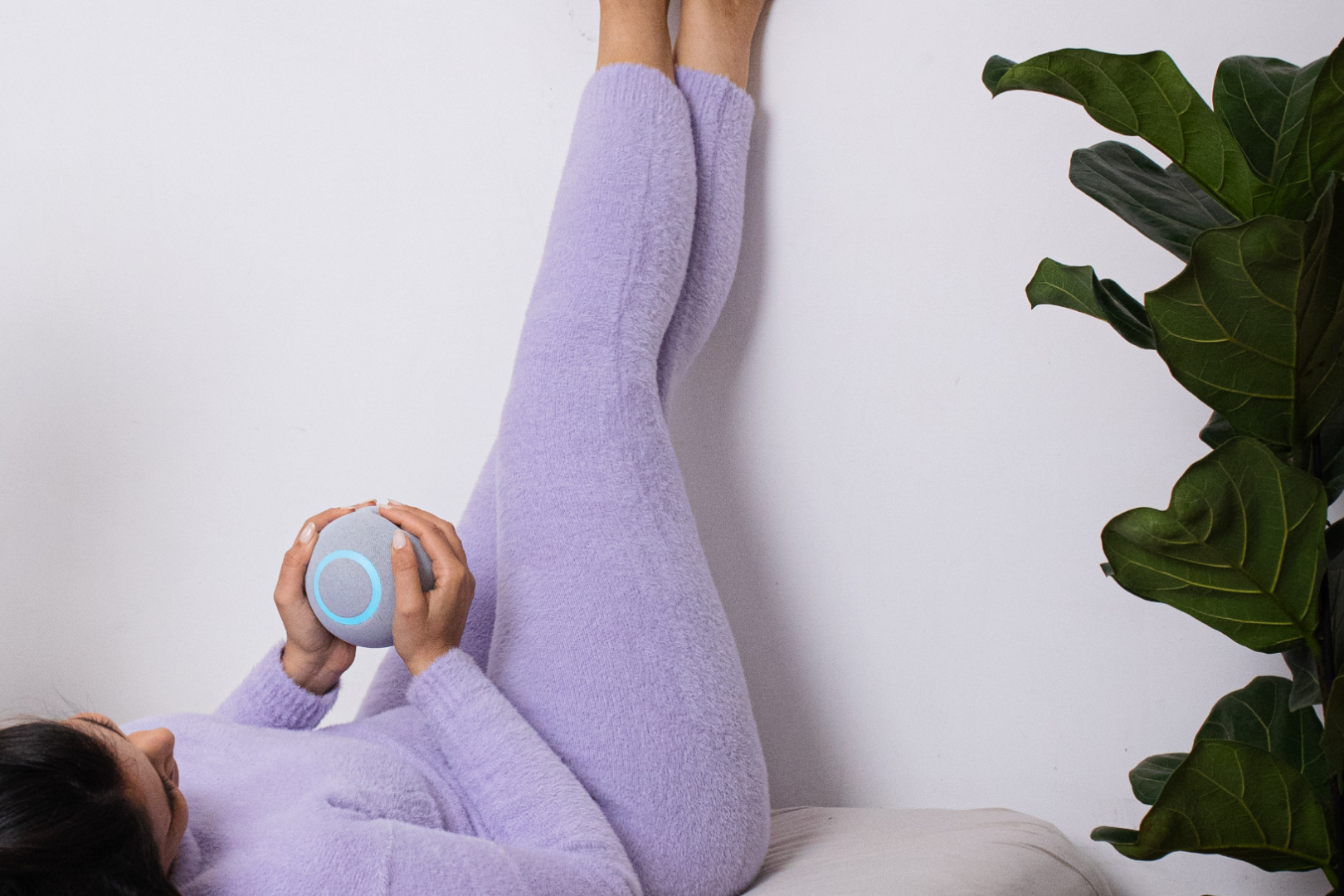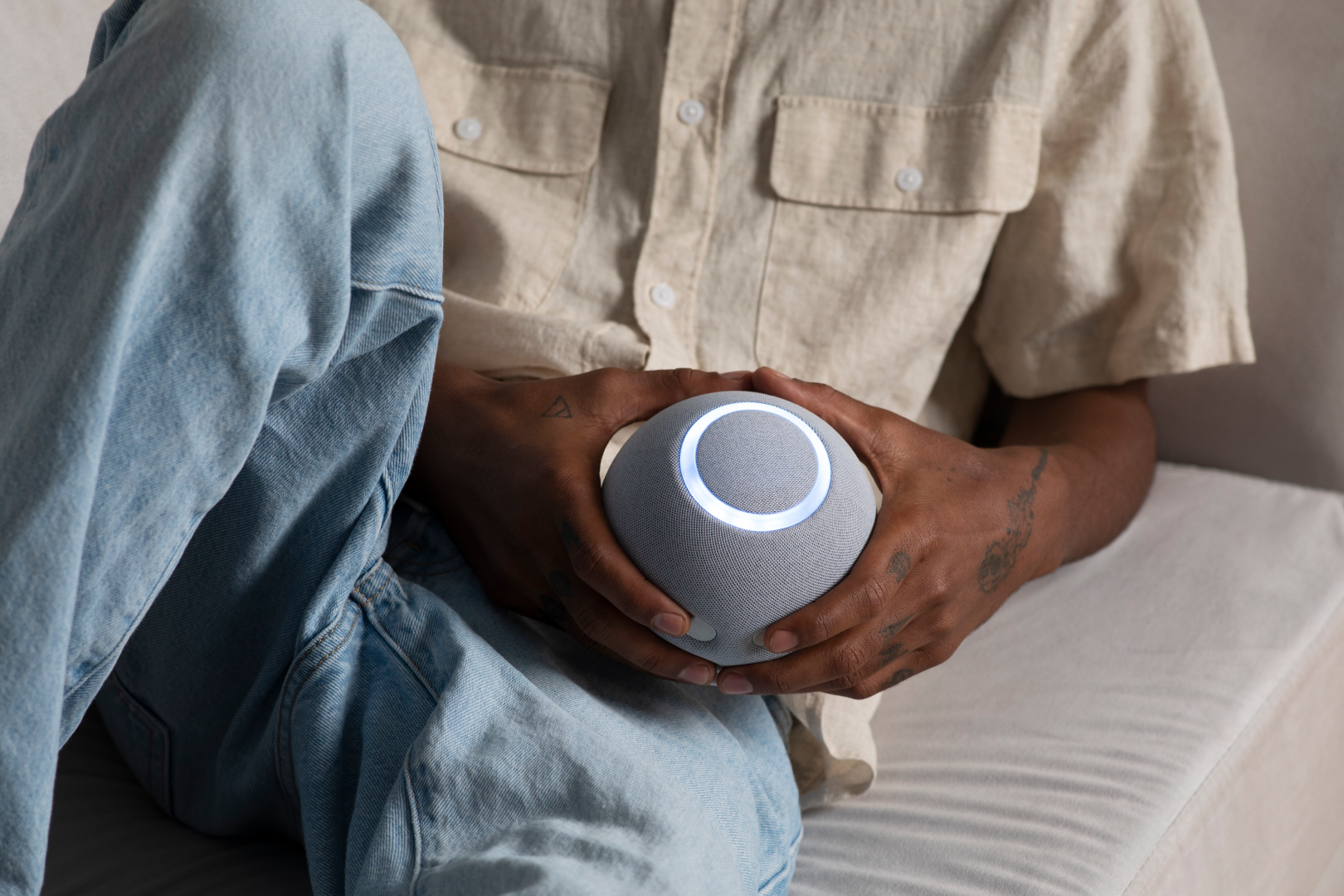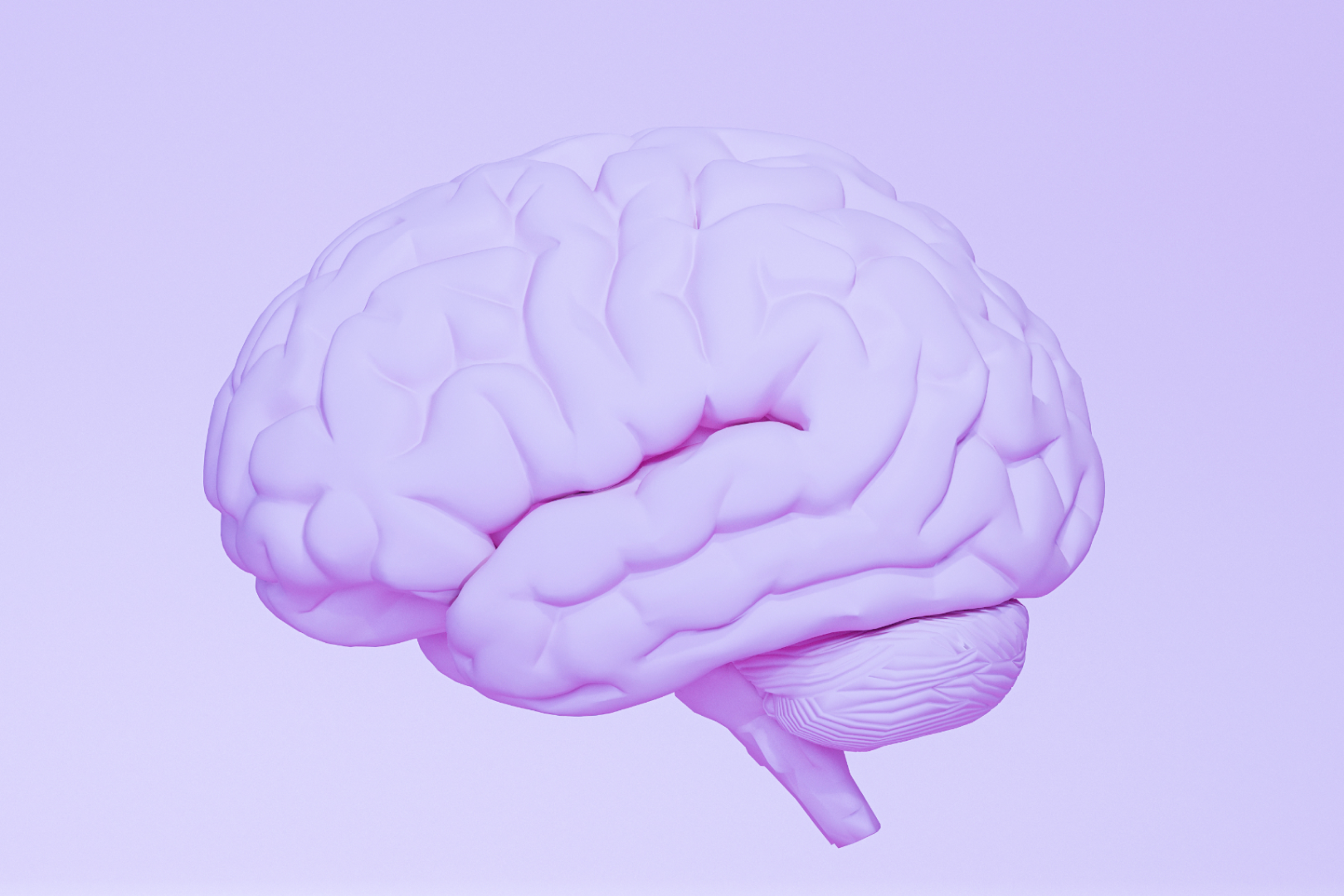“Are you living in the moment?”
This is one of the questions you will often hear in self-help podcasts, and there are endless YouTube videos on how to be more present.
Why is this such a sticking point for people? Because being present is often very hard to do. When emotions become overwhelming, or a situation is too much to handle, many people slip into a pattern of avoidance. They mentally ‘switch off’. Instead of being engaged, they are on autopilot, going through the motions, not really being in the here and now.
While this is a common mechanism of self-defense, it also means that people miss out on the moments when life really happens. If this has become a pattern for you, you might be looking for ways to come back to yourself and be focused on the present. But before considering how to start living in the present moment, let’s explore what being present really means.
What it means to be present
Being present is a state of awareness and conscious engagement with the current moment, uninterrupted by regrets about the past or anxiety about what might happen in the future. It involves a deliberate focus on the here and now, appreciating the richness of immediate experiences without the interference of wandering thoughts.
To be present is to immerse oneself fully in the sights, sounds, and sensations of the moment, so you can connect more deeply with reality as it unfolds in your life.
Living in the present moment is a fundamental part of good mental health. People who are living fully in the moment are not burdened by rumination, and they do not fall back on escapism to cope with difficulties or stress.
One of the most important consequences of living in the present is improved relationships. The ability to be fully present with the people in your life means you can connect to them more deeply, which enhances intimacy and makes the relationship more healthy and satisfying. People who can really be in the moment are less prone to be judgemental, about themselves or others, which builds compassion, empathy and resilience.
How to be more present: top 7 ways
Being present is a learned skill. It takes time and practice to cultivate. The more you try, the easier it becomes. Here are 7 techniques that you can use to live more fully in the moment and be present more often and more deeply.
Breathwork
The typical person takes around 12 to 20 breaths per minute. That’s an average of about 20,000 breaths per day. Respiratory function is controlled by the autonomic nervous system, which means it happens unconsciously. Most of the time, you don’t notice your breathing at all.
However, hold your breath for 20 seconds, and you’ll begin to focus on nothing more than taking your next breath! Even though breathing is mostly taken for granted, it is the ultimate anchor to the present moment. By focusing consciously on your breathing, you have no choice than to be in the present moment and connect with your immediate experience.
To practice breathwork, find a comfortable position – sitting, lying down, or even standing up – and bring attention to the sensation of your breath. Inhale slowly through your nose to the count of five, and focus on the feeling of air filling your lungs. Hold for three seconds, then exhale gently through your mouth to the count of five. Pay attention to the rise and fall of your chest or the sensation of air passing through your nostrils. If your mind begins to wander, gently guide it back to the breath. In the simplicity of breathing, you will find an instant pathway to the present moment. One of the huge benefits of breathwork is that you can do it anytime, anywhere – whenever you feel you need to become more present and grounded.
Journaling
In the physical dimension, there is only one moment: now. The past is gone and the future has not happened yet. In the mind, however, there is no ‘now’. Our mental and emotional worlds are not grounded in physical space, as our bodies are. There is a human tendency to become caught up in ruminations about the past and worries about the future. This is actually a form of escape, when the current moment is not enough to keep us engaged and present.
For example, a person struggling with unresolved grief over the death of a loved one might find themselves “living in the past”, fantasizing constantly that the person is still here. They may become so wrapped up in those wishful thoughts that they miss out on relationships and events that are happening in their lives.
Journaling is a profound practice to help overcome the tangle of emotions and thoughts that prevent you from being truly present in the moment. The act of journaling is much more than just keeping a diary. It is a way to turn intangible thoughts and emotions into something that exists in the physical world – words on a piece of paper. When overwhelming feelings become ‘real’ in this way, it is much easier to return to the present moment. Journaling is ultimately a practice of self-reflection, creating a focused space where thoughts can be observed and processed in real-time.
To make the most of journaling, start by setting aside dedicated time each day for reflection. Begin with a brief mindfulness exercise, focusing on your breath to ground yourself in the present. Allow your thoughts to flow freely onto the pages, without judgment or restraint. Alternatively, consider a structured approach like gratitude journaling, where you jot down things you're thankful for daily. This is a very powerful technique to keep you attuned to the positive aspects of the present moment, and a good antidote for the escapism of the mind that prevents us from living fully in the now.
Meditation
The human mind is like a busy train station. Thoughts are coming and going at an incredibly rapid rate. In fact, psychological studies indicate that people have over 6000 thoughts a day! It’s no wonder that people are easily distracted, and find it so hard to stay in the present moment, especially during times of stress and overwhelm.
Meditation is a mindfulness technique with ancient roots in Eastern spirituality and culture. The main purpose of meditation is to focus the mind to become fully present in the moment. With consistent practice, individuals can train themselves to detach from the incessant chatter of the mind, and return their minds to the current moment where the present unfolds.
Meditation is not an instant fix. It can take weeks or months to feel the effects. This is because meditation actually rewires the brain, helping to strengthen the ability of the mind to recenter itself and become calmer. If you want to live more fully in the present, a regular meditation routine – even just 10 minutes a day – is one of the best tools at your disposal.
Here are some examples of meditation exercises that facilitate a more present state of being:
- Body scan meditation: Sit or lie down in a comfortable place where you won’t be disturbed. Scan your body with your mind, slowly moving from the top of the head and working your way down to the tips of your toes. At every stage, note the sensations without judgment. This technique helps you to develop a deep awareness of the present moment within your physical body.
- Loving-kindness meditation: Get into a comfortable position, and breathe in and out deeply and slowly, focusing on the breath. Once you have settled into the meditation, let go of focusing on the breath and direct a feeling of compassion and goodwill towards yourself and others. This technique enhances emotional awareness and empathy, taking the mind away from one’s own thoughts and enhancing a connection with the world as it is
- Walking meditation: Engage in slow, intentional walking, paying attention to each step and the sensations in your body in every given moment. Practice at different times throughout the day to ground yourself. Do walking meditation on your lunch break at work, or for a few moments before you enter the house at the end of the day, so you can live more fully in the moment with the people in your life.
Acceptance of what is
Human beings are wired towards change and growth. This is a blessing. After all, if people just accepted everything in its present state, then they would never try to learn anything new, invent anything, develop their skills, or build relationships.
Another human trait is the wish that things could be different, or might be different if only we could change someone or something around us. People often go to great and damaging lengths to make their wish come true. Much of the time, this resistance to reality is futile. There is no point in wanting to change things that cannot be changed. For example, if someone is employed in a toxic workplace with a narcissistic boss, there is no point in wishing it were different or trying to get their boss to change their behaviors. A better option would be to accept that this is the reality and look for a job in a healthier environment.
Knowing when acceptance is the only choice, and then being able to accept reality, is a key part of living in the present. When you can acknowledge and accept the current circumstances, emotions, or experiences without resistance, you can fully engage with the present, as it really is, not as you wish it to be. Remember the “Serenity Prayer”: “Grant me the serenity to accept the things I cannot change, the courage to change the things I can, and the wisdom to know the difference.” By letting go of the struggle against the reality of the present moment, you are breaking down the barrier that prevents you from being fully in that moment.
Limiting social media
People are spending more time on social media than ever before. In 2023, the global average was 151 minutes a day, or over 2.5 hours!
For some people, the need to check social media constantly is almost an addiction. Every notification, like, or comment triggers a small rush of dopamine, the feel good hormone, which just makes you want more. The problem is that social media is a manufactured world. Algorithms decide what you see and whose posts pop up in your feed. Being on social media takes you away from the moment, and makes it harder to be present in real life.
It’s a common situation: you are sitting in a cafe with a friend, phones on the table. Every few minutes, your eyes and attention are drawn to your phone, checking what you missed on Instagram. But what you are really missing out on is the present, to be there for and with your friend, and to live fully in the moment.
Social media disrupts genuine engagement by inundating users with information, comparisons, and distractions. There is only one way out of this distracting loop – limit your social media so you can direct your attention to your immediate surroundings, relationships, and personal experiences.
People have become so accustomed to scrolling that limiting social media is not always easy. Here are a few strategies you can try:
- Set time boundaries: Allocate specific times for social media use and stick to them. For example, you might give yourself 15 minutes after lunch, and 15 minutes after dinner to be on social media. This deliberate limitation helps you to become more intentional about your time on social media so you don’t fall into the trap of escapism.
- Create phone-free zones: Designate certain areas in your life where your smartphone or laptop is off limits, such as the bedroom, at the dining table, or when on vacation. This helps carve out spaces for genuine, undistracted presence.
- Mindful consumption: Before logging on to social media, consider why you are doing it and what your purpose is. Try to build self-awareness around your interactions. For example, limit exposure to content that makes you compare yourself to others or brings up negative emotions. If you just feel like some mindless scrolling, that’s ok in moderation too. Just be aware of what you are doing and keep bad habits to a minimum.
Connecting with nature
Like your body, nature is an inherently physical space that plays on all your senses and helps ground you in the here and now. Nature is full of colors, textures, sensations and smells that are hard to ignore. For example, a walk in the woods has rustling leaves, the scent of pine, and the feel of the earth beneath your feet. The beach on a windy day has strong waves, salt in the air, and grainy sand sticking between your toes.
As your senses absorb the details of nature, the mind naturally shifts away from past concerns or worries about the future and comes back to the reality of the surroundings. Try to spend time in nature every day, and make a conscious effort to fully appreciate the sounds, smells and sights around you. A walk in the local park, or even just sitting in your back garden, watching the trees wave in the wind or hearing the birds chirping can help bring you back to the moment where you can be more fully engaged and present.
Biofeedback
The body doesn’t lie.
What goes on in the body is an accurate reflection of our present mental and emotional state, even our subconscious state. A stomach ache, for instance, is a tell-tale sign of stress. A headache can come with deep anger or frustration. A rapid heart rate is a sign of fear.
Biofeedback is an effective technique to help you understand your body’s reactions as they occur, and what thoughts or emotions might trigger a relaxed or stressed response. During biofeedback, the individual uses a device that tracks and measures different physiological markers, such as breathing rate, heart rate, skin temperature, and muscle tension.
While practicing relaxation techniques, such as breathwork or meditation, the person receives immediate feedback about their body’s functioning, and can learn to regulate those responses consciously, heightening their connection to the present moment. For instance, during a biofeedback session, if stress is detected through increased heart rate, the person can try various relaxation techniques to bring it under control.
As people become adept at influencing their physiological responses, they can learn to remain present even in challenging moments or stressful situations. You don’t need to consult a special clinic to practice biofeedback. With Reflect, you can do biofeedback every day in the comfort of home, without applying sensors to the body. Just place your hands on the Orb, and the device captures your physiological data via the skin.
The Reflect app connects to the Orb and analyzes the feedback, so you can monitor your progress and adjust your practice to reach your goals. Biofeedback with Reflect is a personalized and effective tool for learning how to navigate your inner world and be fully engaged in the present moment.
Conclusion
When you are fully present in the moment, you will discover an appreciation for small joys that are often overlooked. However, being present is not really the natural state for human beings. It takes practice and conscious effort to slow down, listen actively, and engage genuinely with the world. But the effort is certainly worth it. With the techniques above, you can learn to live in the moment, be more present for yourself and others, and tap into the endless potential for goodness and growth in your life.
